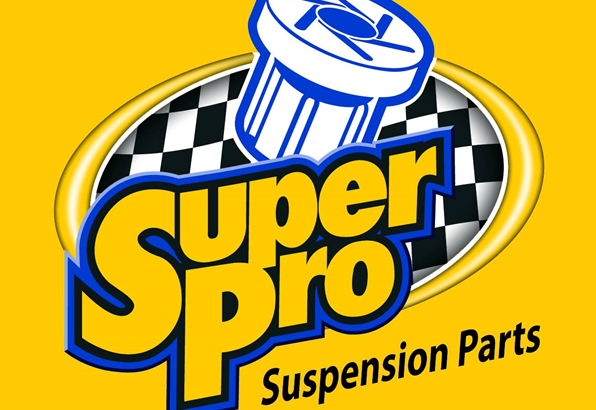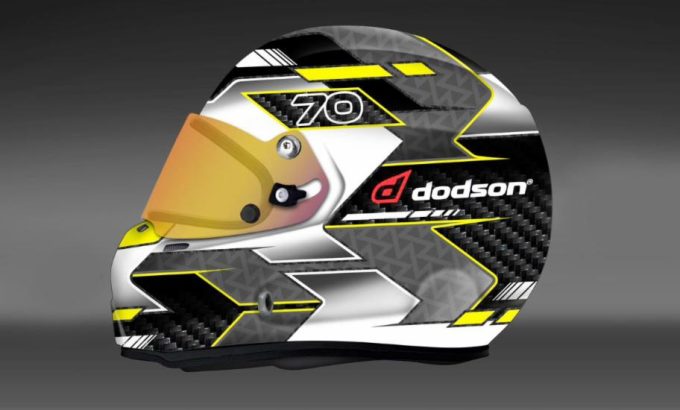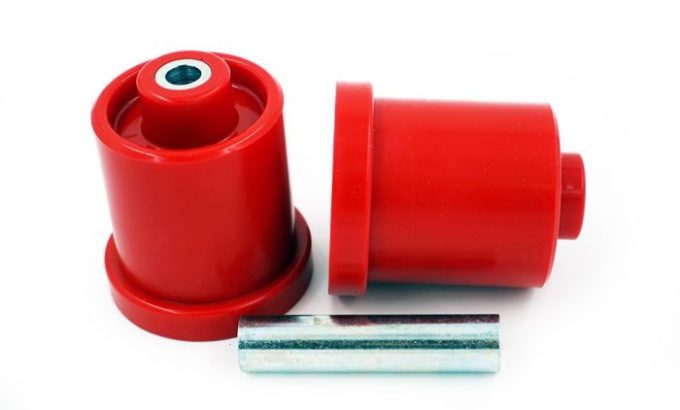Oversteer, Understeer and how to control it
What is understeer and oversteer you may ask?
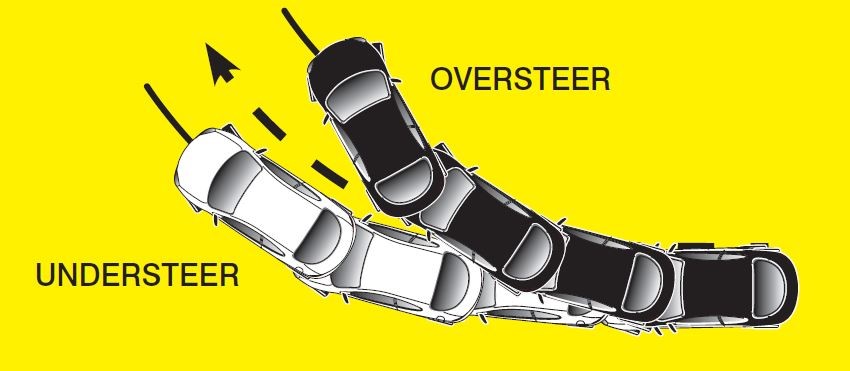
Understeer: This is when the car’s front wheels lose grip through a corner due to excessive speed. Understeer occurs when the front tyres start slipping. This happens when the front tyres are asked to turn while also managing a lot of braking or speed. If you’re going rather fast or braking very hard and trying to turn the wheel, the extra momentum may cause the front tyres to slip in the direction you’re travelling so, instead of turning, the car goes straight on.
Understeer almost always occurs when the driver is going too fast for the road conditions – but this can be as innocuous as doing 15mph around a damp mini-roundabout. Taking things a little slower will avoid most instances of understeer.
If you start understeering, you should start to reduce the amount you’re pressing the accelerator or brakes – don’t jump off them completely – and reduce the amount of steering angle you’re applying. Of course you might run out of road still, but this will increase your chances of getting control of the car back before that happens.
Oversteer: It’s an extremely similar set of circumstances to understeer, but affecting the back of the car. It’s the tendency in powerful rear-wheel driven cars for the back end to want to overtake the front during cornering. Oversteer normally occurs on cars that drive the rear wheels and happens when the car is turning and the driver applies more power than the tyres can deal with. This makes the tyres slip and try to push in the opposite direction to the turn, kicking the back end of the car out. The same effect can happen by braking too hard while turning or by suddenly removing your foot from the throttle.
Oversteer looks great on a racetrack or at a drift competition, as the rear of the car slithers about and billows tyre smoke into the stands, but it’s not as much fun on a public road as it usually foreshadows a very big accident, especially if the oversteer is accidental. Power oversteer is often caused by the driver accelerating too soon in a corner so, if you’re at this stage, you need to reduce your speed. If you’re unlucky enough to get into an oversteer situation try to remember some basic tips – keep looking and steering in the direction you want to go and don’t suddenly jump off the accelerator or slam on the brakes. If you can, try to modulate the throttle to gradually bring yourself to a halt.
While all road cars are prone to understeer, in rear-wheel driven ones you will need to watch for oversteer too, so take particular care if you’re an inexperienced or not especially confident driver if you buy a car that drives the rear wheels. It should go without saying, don’t deactivate your traction or stability control unless you’re at a racetrack.
Now that you are familiar with the things you can do, let’s have a look at the products that will help your car to control understeer & oversteer.
Whiteline have come up with excellent products for your car that will help you adjust your suspension and control any possible understeer & oversteer.
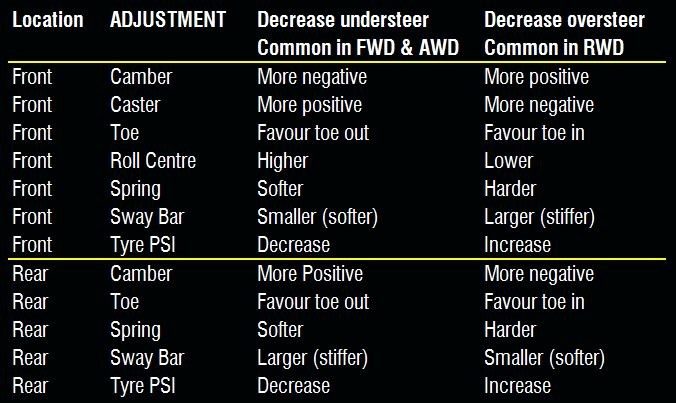
Now that you know what you need to adjust, have a look at the products you need to use!
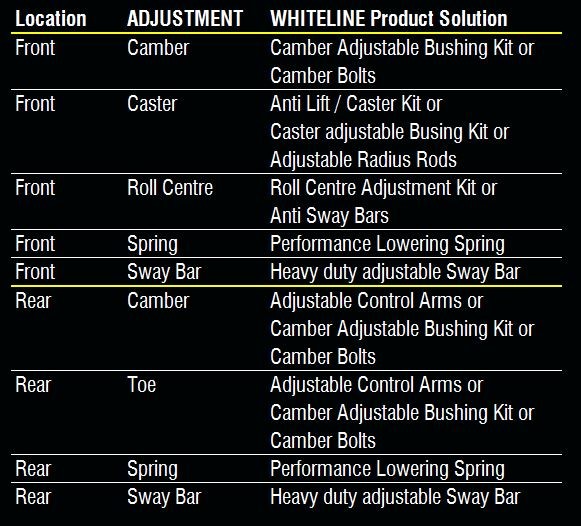
I hope you find this article helpful, and should you need any of those parts, please do not hesitate to contact our sales team at 0121 661 6263 or sales@coordsport.com






